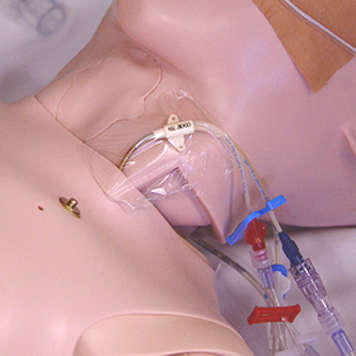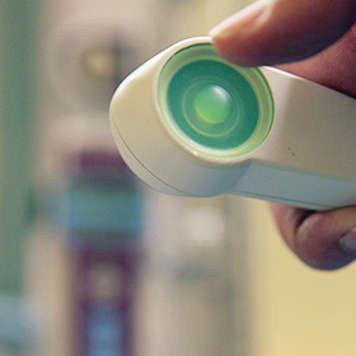Critical care unit
After the surgery, you will be brought to the critical care unit (CCU), where a team of transplant and critical care doctors and nurses will take care of you.
The team will watch you closely during your recovery to check for any problems. The nurses will do frequent checks on your temperature, heart rate, breathing rate and blood pressure. They will also check your liver blood work, blood clotting time and liver function (how your new liver is working).
Tubes
When you wake up, several new tubes will be connected to your body. These will be in place for a few days while you recover. Some will be removed when you move from the CCU. It is important that you do not pull at any of these tubes.
Read below to learn more about the different tubes that you might have when you first wake up from your surgery.
- A catheter (flexible tube) will be inserted and placed in your bladder through your urethra when you are asleep in the operating room. This drains the urine made by your kidneys. The catheter will be in place until you are able to move to the washroom.
- In some cases, a temporary drainage tube near your incision may also be in place to drain blood and fluid collecting around your new liver. This tube will be removed once it is no longer draining any fluid.
- A nasogastric (NG) tube going in through the nose and down into the stomach will also be in place. It will drain the fluids in your stomach so that your abdomen (belly) doesn’t become too distended (bloated).
- Usually, the breathing tube that helped you breathe during the surgery may still be in place when you wake up. The tube is attached to a machine and is placed in your mouth and down your throat. If the tube is still there when you wake up from surgery, it is usually removed as soon as you can breathe on your own.

IVs
- Intravenous (IV) lines may be inserted into a vein in your hands or arms so that the team can give you medicines and fluids. You will likely need to use this IV for the first week after surgery.
- An arterial line is a thin tube that will be inserted into an artery in your wrist to monitor your blood pressure more accurately. Your medical team may take blood samples from here too. The arterial line will be removed before you leave the CCU.
- A specific type of IV called an internal jugular (IJ) will be inserted into a vein in your neck while you are asleep for your transplant. The team will use it to give you fluids and medicines and take blood samples for tests. It is a temporary IV, so if you need an IV for longer, the team may request a PICC line.
Monitors
You will be connected to a monitor by your bedside with wires that are attached to your chest through “sticky pads”. This monitor will display your blood pressure, heart rate, temperature and breathing rate.
Your blood pressure is measured through your arterial line as well as with a blood pressure cuff around your arm that inflates every so often, usually every 15 minutes to every two hours. The nurses will be able to see all these numbers on the monitors. If there is any problem with the numbers, an alarm will sound to tell the nurses.
Medications
Immediately after surgery, you will receive medications to suppress (weaken) your immune system. These stop your body attacking and rejecting your new liver. You will also get several medications to help prevent infection.
Other medications will be used as well, but these vary from person to person. Your doctor will talk to you about the medications you need.

Pain relief
You will feel pain in your lower abdomen while your incision (cut) is healing. One of your IVs will contain an analgesic (pain medicine) that will help keep your pain to a minimum. Often a small amount of this medicine will continually run in the IV.






